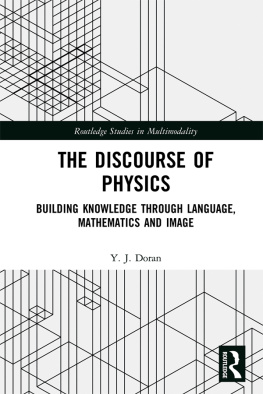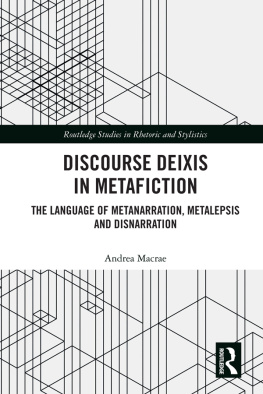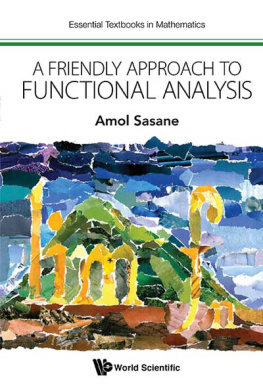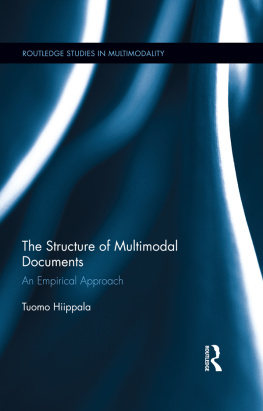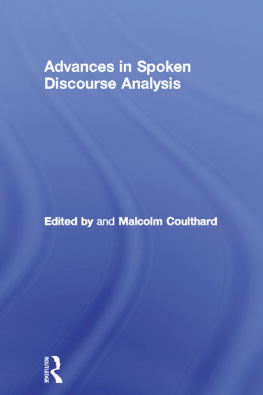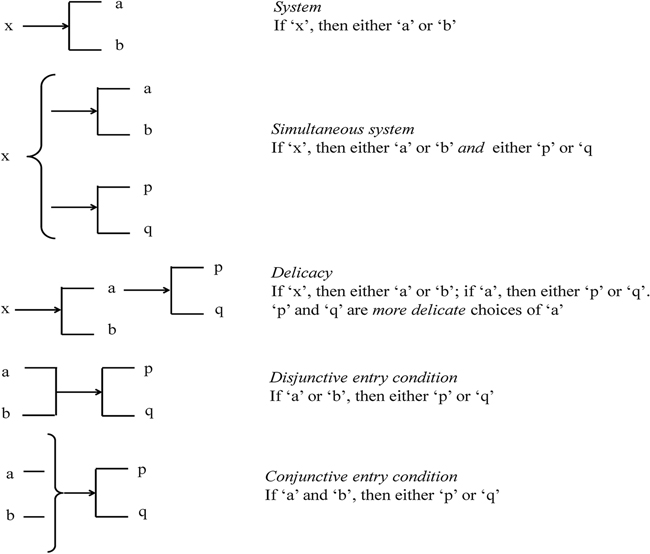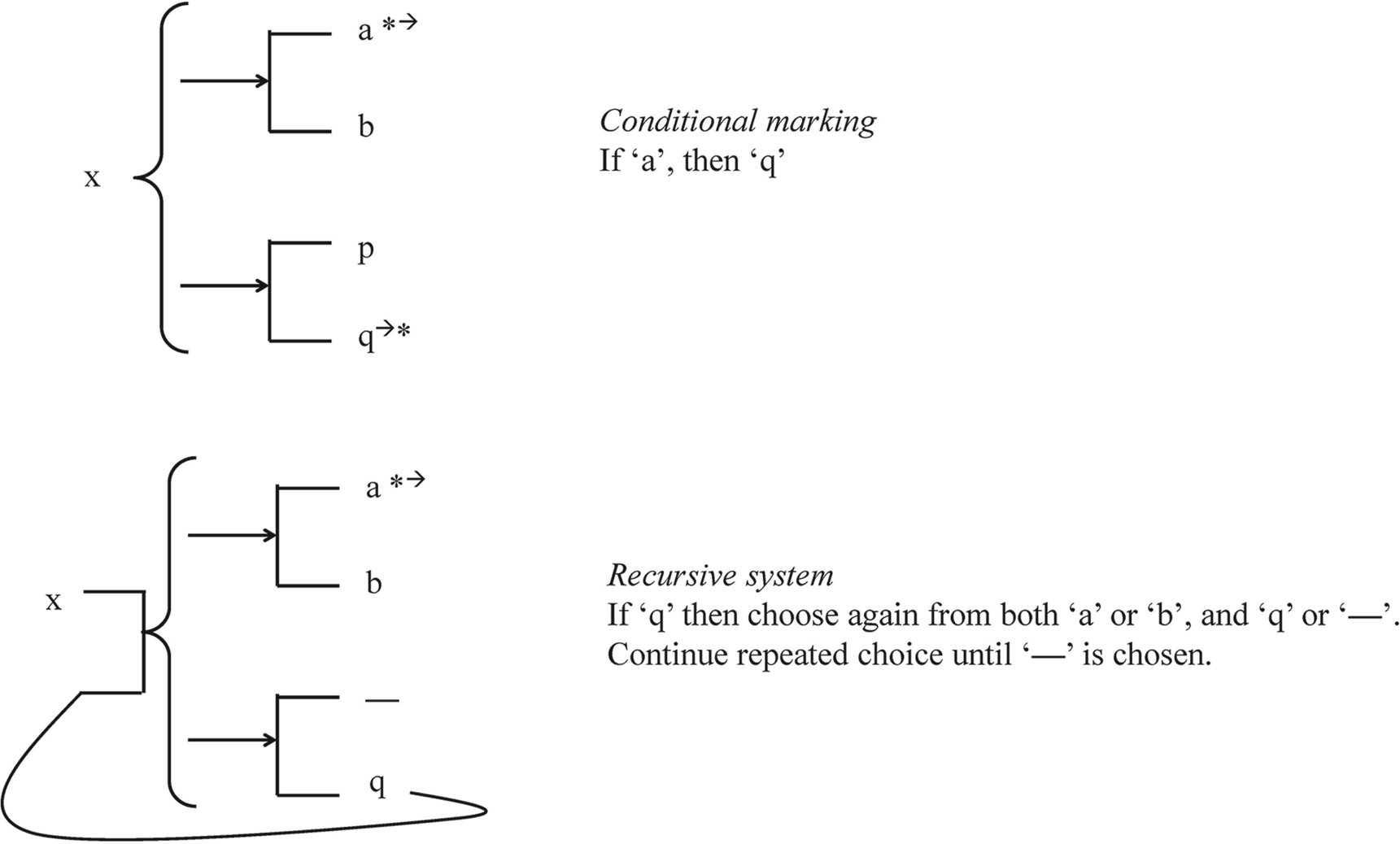Y. J. Doran - The Discourse of Physics: Building Knowledge through Language, Mathematics and Image
Here you can read online Y. J. Doran - The Discourse of Physics: Building Knowledge through Language, Mathematics and Image full text of the book (entire story) in english for free. Download pdf and epub, get meaning, cover and reviews about this ebook. year: 2017, publisher: Routledge, genre: Home and family. Description of the work, (preface) as well as reviews are available. Best literature library LitArk.com created for fans of good reading and offers a wide selection of genres:
Romance novel
Science fiction
Adventure
Detective
Science
History
Home and family
Prose
Art
Politics
Computer
Non-fiction
Religion
Business
Children
Humor
Choose a favorite category and find really read worthwhile books. Enjoy immersion in the world of imagination, feel the emotions of the characters or learn something new for yourself, make an fascinating discovery.
- Book:The Discourse of Physics: Building Knowledge through Language, Mathematics and Image
- Author:
- Publisher:Routledge
- Genre:
- Year:2017
- Rating:4 / 5
- Favourites:Add to favourites
- Your mark:
The Discourse of Physics: Building Knowledge through Language, Mathematics and Image: summary, description and annotation
We offer to read an annotation, description, summary or preface (depends on what the author of the book "The Discourse of Physics: Building Knowledge through Language, Mathematics and Image" wrote himself). If you haven't found the necessary information about the book — write in the comments, we will try to find it.
This book provides a detailed model of both the discourse and knowledge of physics and offers insights toward developing pedagogy that improves how physics is taught and learned. Building on a rich history of applying a Systemic Functional Linguistics approach to scientific discourse, the book uses an SFL framework, here extended to encompass the more recently developed Systemic Functional Multimodal Discourse Analysis approach, to explore the fields multimodal nature and offer detailed descriptions of three of its key semiotic resources language, image, and mathematics. To complement the books SFL underpinnings, Doran draws on the sociological framework of Legitimation Code Theory, which offers tools for understanding the principles of how knowledge is developed and valued, to explore the manifestation of knowledge in physics specifically and its relationship with discourse. Through its detailed descriptions of the key semiotic resources and its analysis of the knowledge structure of physics, this book is an invaluable resource for graduate students and researchers in multimodality, discourse analysis, educational linguistics, and science education.
Y. J. Doran: author's other books
Who wrote The Discourse of Physics: Building Knowledge through Language, Mathematics and Image? Find out the surname, the name of the author of the book and a list of all author's works by series.

